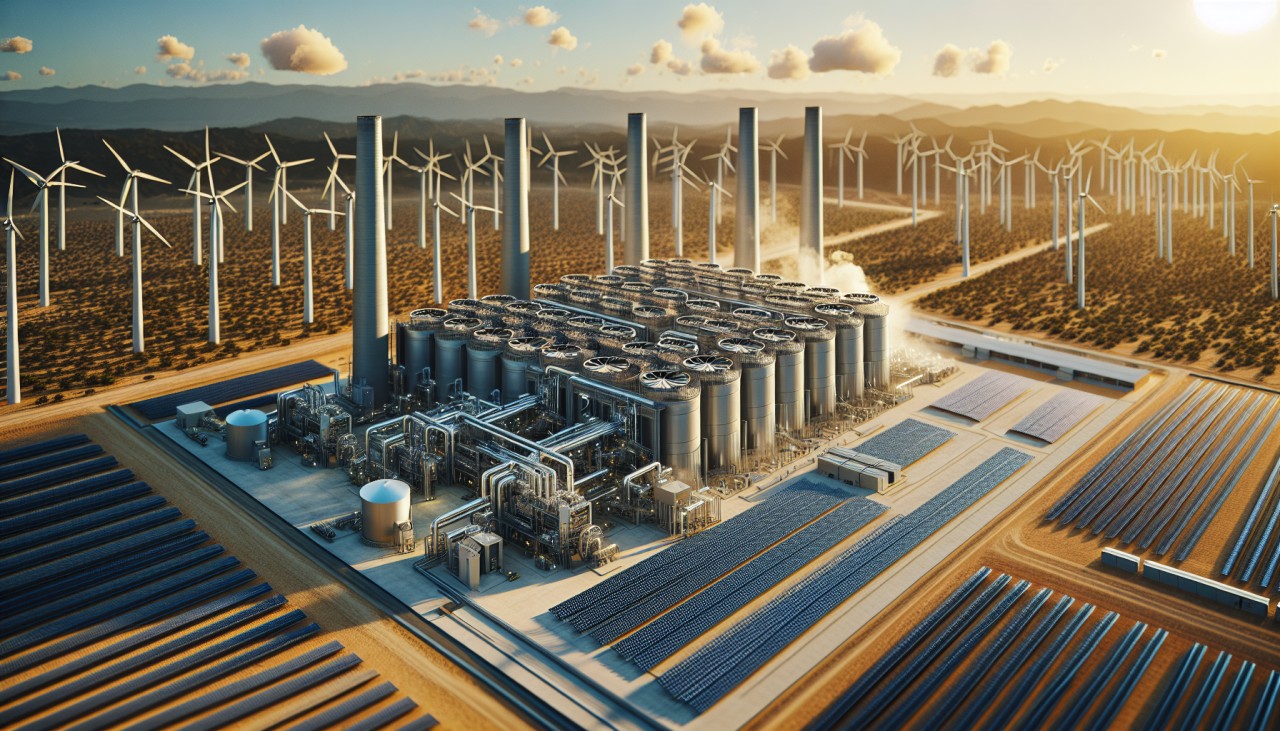


Carbon capture technologies have seen significant advancements, offering promising solutions to mitigate climate change. One notable development is the use of calcium looping, a process where calcium oxide reacts with carbon dioxide to form calcium carbonate, which can then be heated to release pure CO₂. This method is considered more efficient and less toxic than traditional post-combustion capture processes like amine scrubbing. Additionally, integrating carbon capture with renewable energy sources, such as wind and solar power, can reduce reliance on fossil fuels and create a closed-loop system where captured carbon is stored and reused, further reducing the overall carbon footprint. en.wikipedia.org, carbonibus.org
Despite these advancements, challenges persist in scaling up carbon capture technologies and ensuring their environmental safety. For instance, the integration of carbon capture with renewable energy sources is still in the pilot phase, and its long-term feasibility remains to be seen. Moreover, concerns about the environmental impact of large-scale carbon capture facilities, such as potential ecological disruption and the risk of fraud in the carbon credit market, highlight the need for stringent regulations and transparency. apnews.com